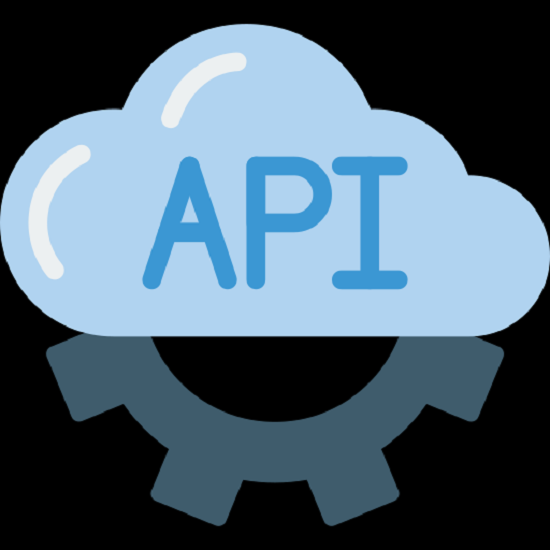Programs that need to interact with each other communicate through an Application Program Interface (API). The points at which these programs connect are called endpoints API. Understanding these endpoints API is critical if you want your programs to work as they were designed to do.
Endpoints API Explained
An endpoint API is one end of the channel of communication between programs or systems. The touchpoint could be the URL of a server. The API uses it to access the resources needed to function properly.
APIs follow the users' requests and responses. Every request has a response. The point where the requests are sent and where the resources come from is referred to as the endpoint.
Importance of Endpoints API
A social media site's API allows users to retrieve user profiles, images, and content. A new site's API gives users access to its news articles, videos, podcasts, and authors. But users need to use the correct endpoints API to specify the resource they want to access. In these sites, the URL functions as the endpoint.

Organizations use APIs to move critical information, transactions, and processes, among others. Endpoints API are important because they help point to the specific location of the resources that need to be accessed. They also make sure the software works with the API as designed. Website and software APIs must connect with endpoints API correctly to perform well.
Why Secure Endpoints APIs?
Understanding the risks of using APIs is the key to knowing how to secure them. Users access data through APIs when they request information from the endpoints API, making them vulnerable. Their risks may be comparable to the risks online-facing web servers face. The more accessible the endpoints API are, the greater their risks are.
Another feature that increases the risks to APIs is their weak access control. Others may not even have access control at all.
More modern apps are using APIs to be more interactive. If they are not secured properly, cyberattacks might succeed in getting through to these apps. And if they succeed, you can expect more data breaches involving web applications.
Unsecured endpoints API also poses a risk to your network. It might only take one attack to damage your infrastructure, especially if the attackers can escalate privileges. It would allow them to launch more attacks all over your network, compromising your most critical data.
A successful cyberattack can lead to a scandalous data breach for your organization. This, in turn, can damage your reputation and brand and lose earning opportunities. Even big names in various industries around the world cannot guarantee their security.
Companies like Facebook, Instagram, Google, Uber, Panera Bread, Equifax, and Verizon are victims of data breaches due to API attacks.
How to Secure Endpoints API?
As more people use APIs to transfer volumes of data, security on endpoints should be tighter. If you want to secure your data movement on APIs, here are a few things you can do:
Interact only with HTTPS
Don't risk your data security by interacting with non-HTTPS. Interact only with HTTPS if you want to protect your data better. It should be the case regardless of how critical (or not) the API endpoint is.
Use one-way password hashing
Save your passwords using asymmetric encryption algorithms to keep the endpoints API safe. No matter how convenient it seems, don't put your passwords in plain text or symmetric encryption.
Improve your authentication game
The APIs alone have built-in authentication. However, it might not be enough to secure your endpoints. It helps if you can discern the user’s identity when they request access to your resources.
Limit requests
Put a ceiling on the number of requests a user can make to the API. It will stop the bots from filling unlimited requests and wasting your system resources.
Validate inputs
Doing this alerts you to potential threats more quickly before they wreak havoc. All data inputs must use the proper format without hidden threats in them such as SQL injection. If left alone, SQL injection might wipe out unsecured databases.
Protect your data better with proper technology and security measures. Xcitium can help you with our proven and tested data loss prevention services.
Xcitium can keep malware out and keep sensitive data safely within the network. We have proper data monitoring tools, protection policies, strict regulatory compliance, and policy management and enforcement.
Our team knows how to protect data at rest and data in motion. Get the data protection help you need for your endpoints API now. Contact Xcitium today!
